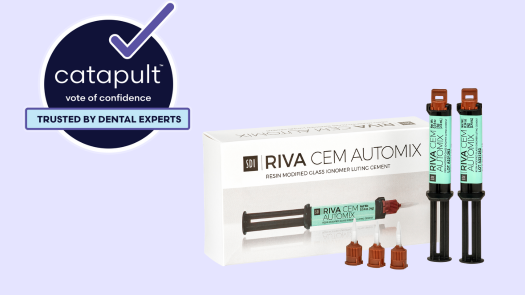Using Technology, Reliable Cementation Methods to Deliver Great Clinical Results
When practitioners look across the dental industry for new materials, and specifically dental cements, there are a myriad of options that we can choose from. There are some cements that do specific things very well but are not as strong in other aspects, whereas other cements claim to do everything we would need in our practices. When determining which cement to use or which is ideal, the answer can become very complex. Even dentists or specialists who normally aren’t preparing, temporizing, or fabricating crowns will occasionally have to deal with a patient’s crown coming off. The scale and diversity of these cement offerings is incredibly complex, and as such, many materials and clinical circumstances must be considered for an ideal cement. The usual questions that dentists likely will ask about cements are also fairly wide ranging.
Although these are not representative of all the questions one might ask, they may include the following:
To further complicate the selection of an ideal cement, practitioners must consider several more factors, including but not limited to:
SDI, an international leader in introducing innovative and highly practical products to the clinical dental armamentarium, has recently introduced a unique and effective cement product called Riva Cem Automix. This is a resin-modified glass ionomer (GI) luting cement that comes from a single syringe and is dispensed through a mixing tip. What makes this cement product different from the host of resin-modified GI luting cements that currently exist in the marketplace is the use of a proprietary technology called ionglass™. Within the cement is a blend of different sized glass-reactive particles that release both fluoride ions and cross-link polycarboxylic chains, resulting in a better bond strength and more stable esthetic properties. In addition to the improvement in strength and esthetics, it is delivered through a unique smaller-sized mixing tip, allowing for less waste and greater economy. Along with that, in contrast to several other cement options, this cement boasts an easier and more efficient clean-up after the 5-second tack cure. It doesn’t require primers on either the restoration or the tooth, which greatly increases clinical efficiency.
Congratulations: SDI Riva Cem Automix
Learn More about SDI Products for Your Patients
Say NO to boring CE.
new on-demand and LIVE online courses!



